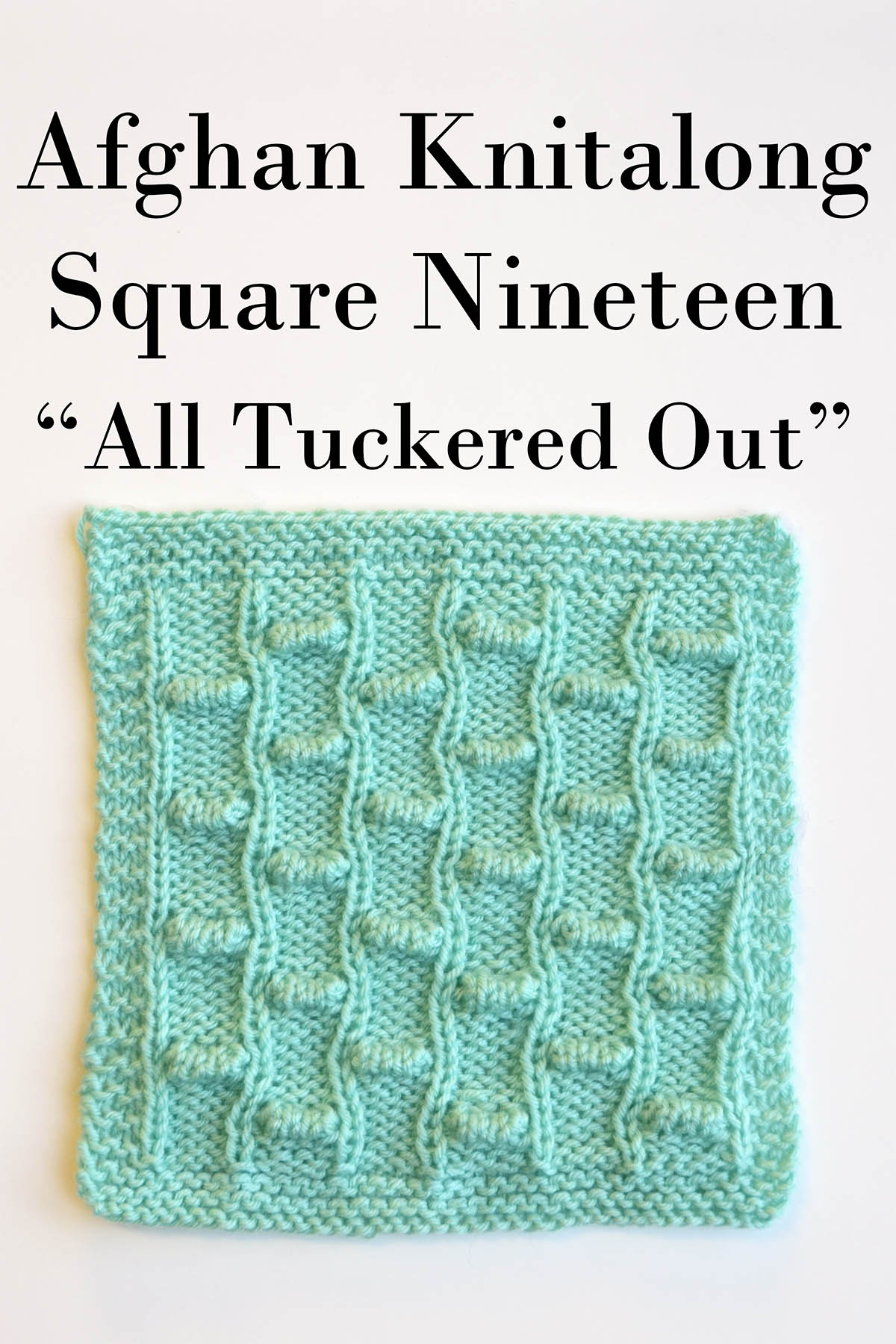Hello fiber friends!
We’re so thrilled to announce that we’re hosting a fresh knitalong featuring a fabulous new pattern! Join us from October 3rd to November 4th for the Party Flag Socks KAL!
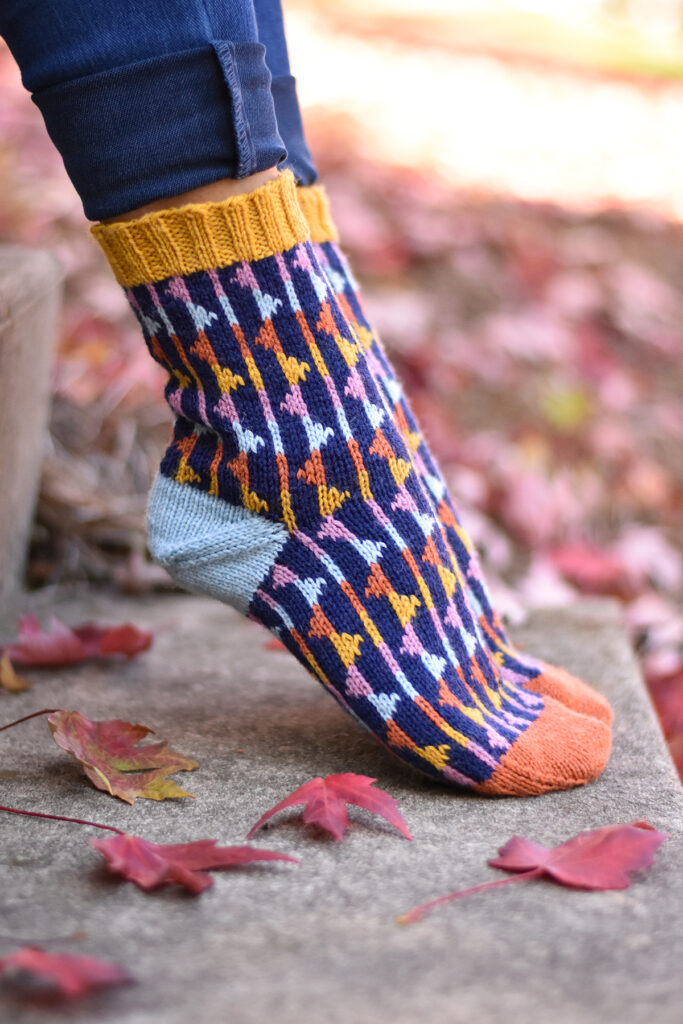
Why Join a KAL (Knitalong)?
There are lots of reasons to join a knitalong! It’s a great way to join other crafters and bond over the experience of working on the same project together. We’ll cheer one another on, share tips and tricks, offer support, and generally keep one another motivated. Plus, what could be more fun than gushing over your new favorite project with fellow fiber friends?
How to Join the KAL
It’s simple! Grab your yarn and the pattern, snap and share photos of your WIP (work in progress) and share them using the hashtag #PartyFlagSocksKAL on social media. We’ll predominantly be hosting this KAL on Instagram and Ravelry. Here is how you can join in:
- Follow along on Instagram! Tag us @universal_yarn and the designer, Allison Lutes @fieldwonderful, and don’t forget to use the hashtag we mentioned above. Every Wednesday during the KAL, we’ll share your progress!
- Join our Ravelry Group! We’ll open a Ravelry thread with information about the KAL, where you can chat, ask questions, and share photos with other participants and our staff throughout the KAL.
- You can share on Facebook, too! Tag us @universalyarn and use the hashtag above.
- We’ll be posting our progress periodically here on our blog, too.
- Important Note: By tagging us and using the hashtag #PartyFlagSocksKAL, you are consenting to us sharing those photos on our Instagram and/or blog.
How Long is the KAL?
This KAL lasts from 10/3/22 – 11/4/22. That’s a little over one month to knock out a pair of socks. To be eligible for a special “sur-prize” you’ll need to share your FO (finished object) with us, but you don’t need to finish to join in on the fun. All are welcome and encouraged to participate!
Tell Me About the Pattern!
We’ve collaborated with the talented Allison Lutes for this design! As soon as we saw her concept, we simply fell in love. While there are many exciting sock patterns out there, we were just so charmed by the simple but unique motif decorating the entire sock. Plus, the contrasting heels, toes, and cuffs are irresistible! This pattern was specifically designed for our new yarn, Uni Merino & Uni Merino Mini. This 75/25 blend of superwash merino and nylon is perfect for cozy, soft, and durable socks. The palette features fifty colors, so you can mix and match to your heart’s delight!
Ready to prepare? Here is what you’ll need to get started!

Materials
YARN
You’ll need five different colors to make a version like those pictured in our sample. Does that sound like too much for you? No worries! Allison cleverly created four Party Flag motif charts for you to get your creative juices flowing – one chart that reflects the sample socks, two 2-color options (one dark background, one light background), and a color-your-own version! We recommend choosing two to five colors, but the truth is you could get playful and add as many colors as you wish!
Do you need to use Uni Merino? We recommend it, but you don’t have to use it to participate! Bamboo Pop Sock Solids and Multis are a great choice if you prefer a wool-free sock yarn. Feel free to reach out to us if you’d like guidance in choosing a different yarn from our offerings. We’re always happy to help!
To make socks that match our sample you’ll need the following:
- 131 Nautical (MC) – 2 mini skeins
- 114 Honeycomb (CC1) – 1 mini skein*
- 142 Romance (CC2) – 1 mini skein
- 132 Lighthouse (CC3) – 1 mini skein
- 112 Carrot (CC4) – 1 mini skein*
*Please note: due to supply chain issues, we currently do not have mini-skeins in stock for colors 114 Honeycomb and 112 Carrot. These colors are available in 100-gram skeins. If you prefer to use the mini skeins, we recommend substituting 113 Sundial for CC1, and 111 Oriole for CC4. We are also always happy to help you choose colors. Never hesitate to reach out to us!
NEEDLES
- US Size 1 (2.25 mm) DPNs or your preferred needles for knitting small circumferences in the round or size needed to obtain gauge
- US Size 2 (2.75 mm) DPNs or your preferred needles for knitting small circumferences in the round or size needed to obtain gauge
Remember, needle sizes are always a suggestion as every knitter’s tension is unique!
NOTIONS
- Stitch markers (plus one unique marker to denote the beginning of each round)
- Tapestry needle (for Kitchener stitch and weaving in ends)
- Waste yarn (for the afterthought heel)
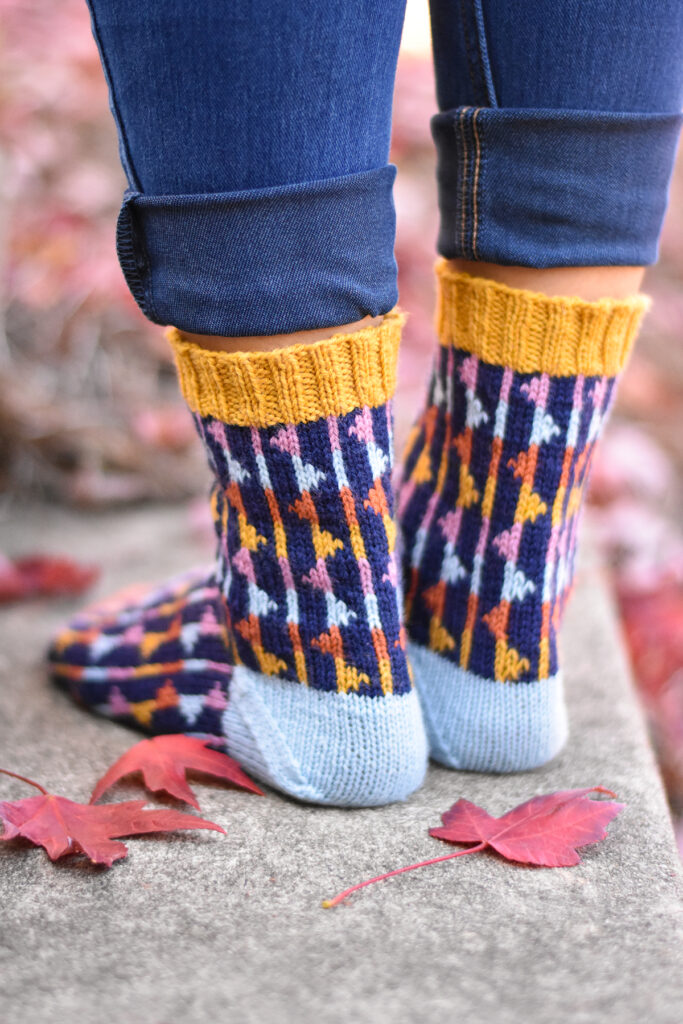
Anything Else?
The pattern will be available to download for free from our website on Monday, October 3rd. We’ll make this announcement publicly, so if you follow us, you won’t miss it!
Questions?
We’re happy to answer! Reach out to us directly at patterns@universalyarn.com.
We can’t wait to knitalong with you!
-Rachel
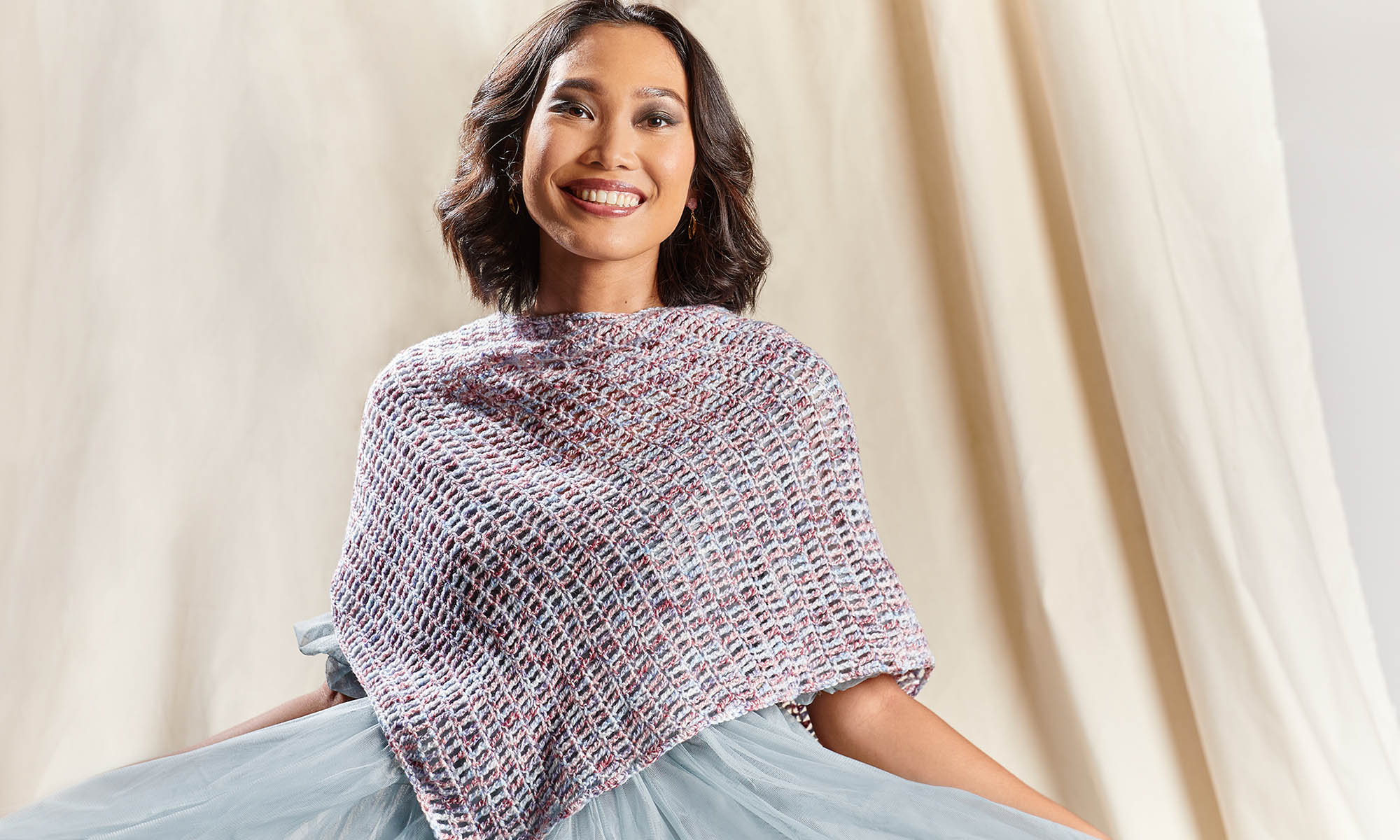


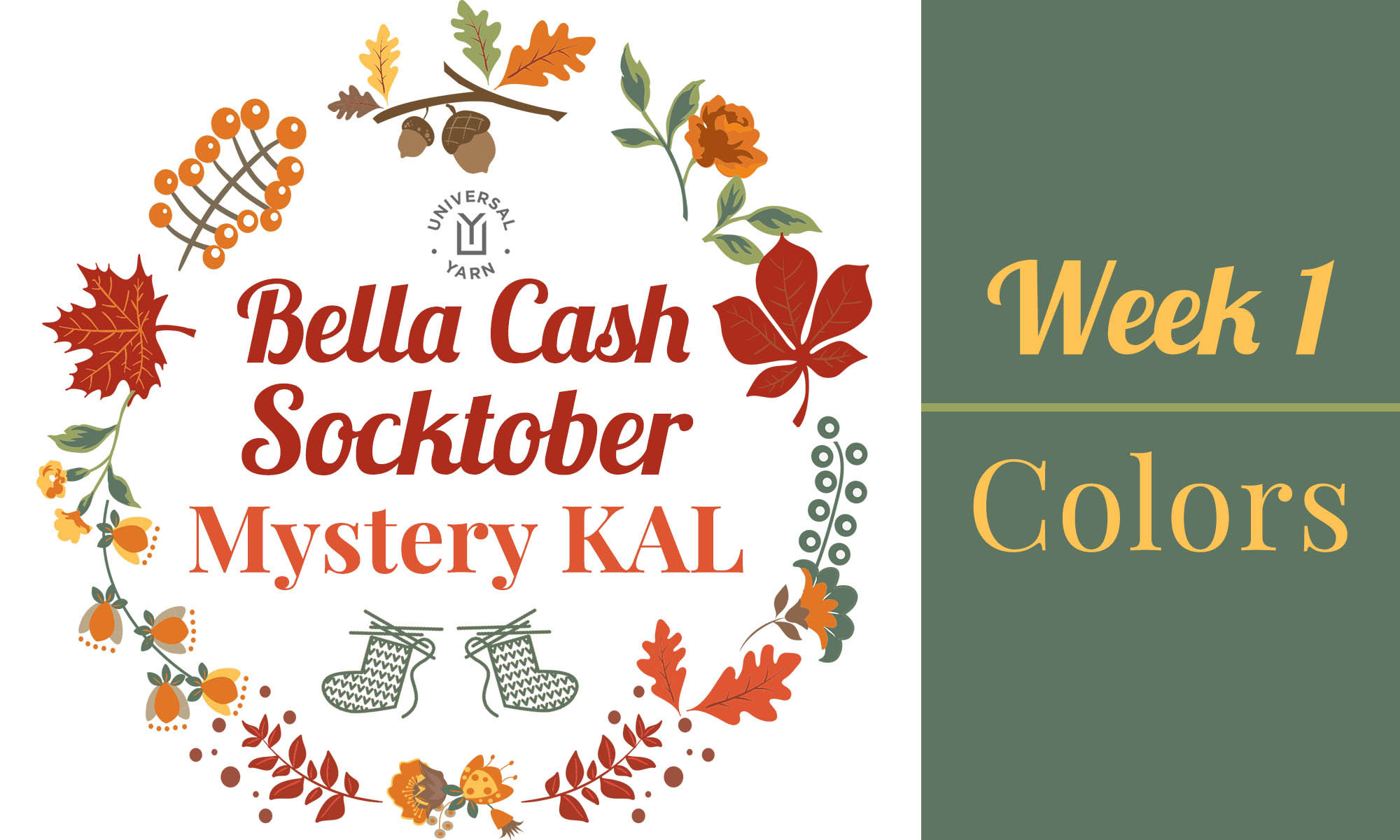
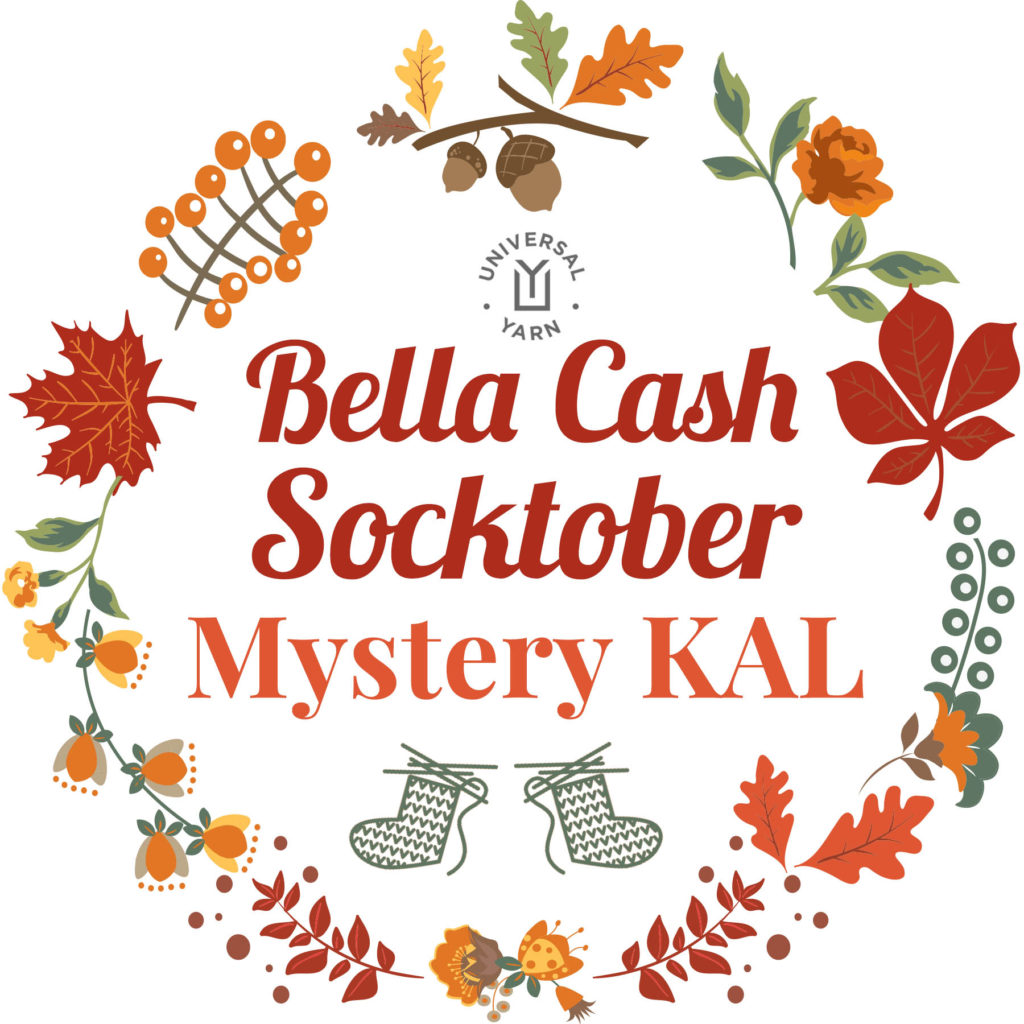
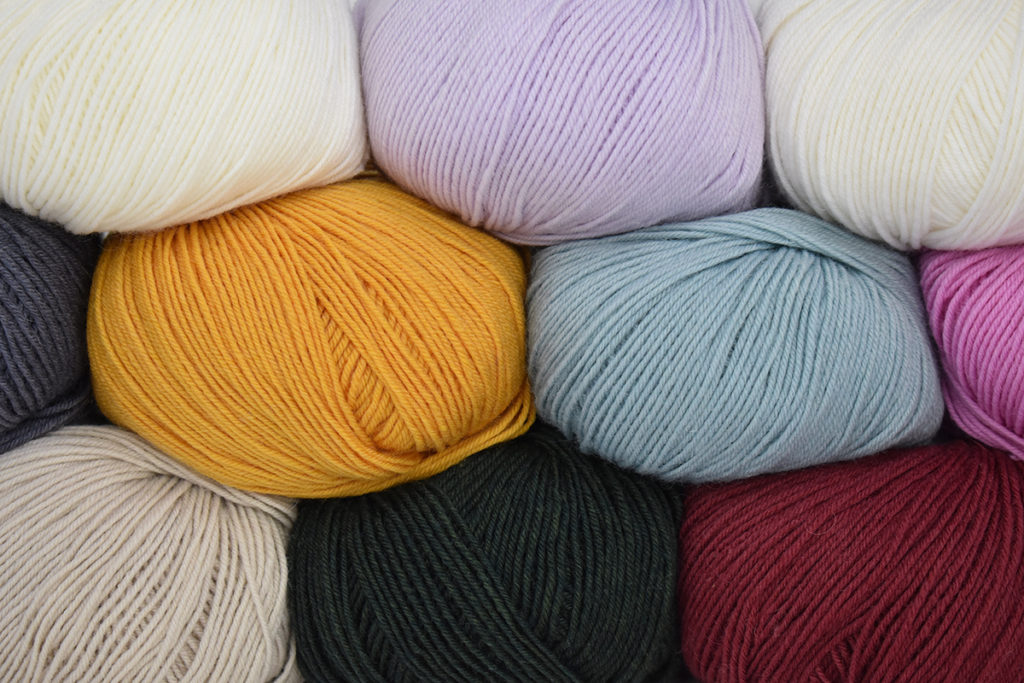
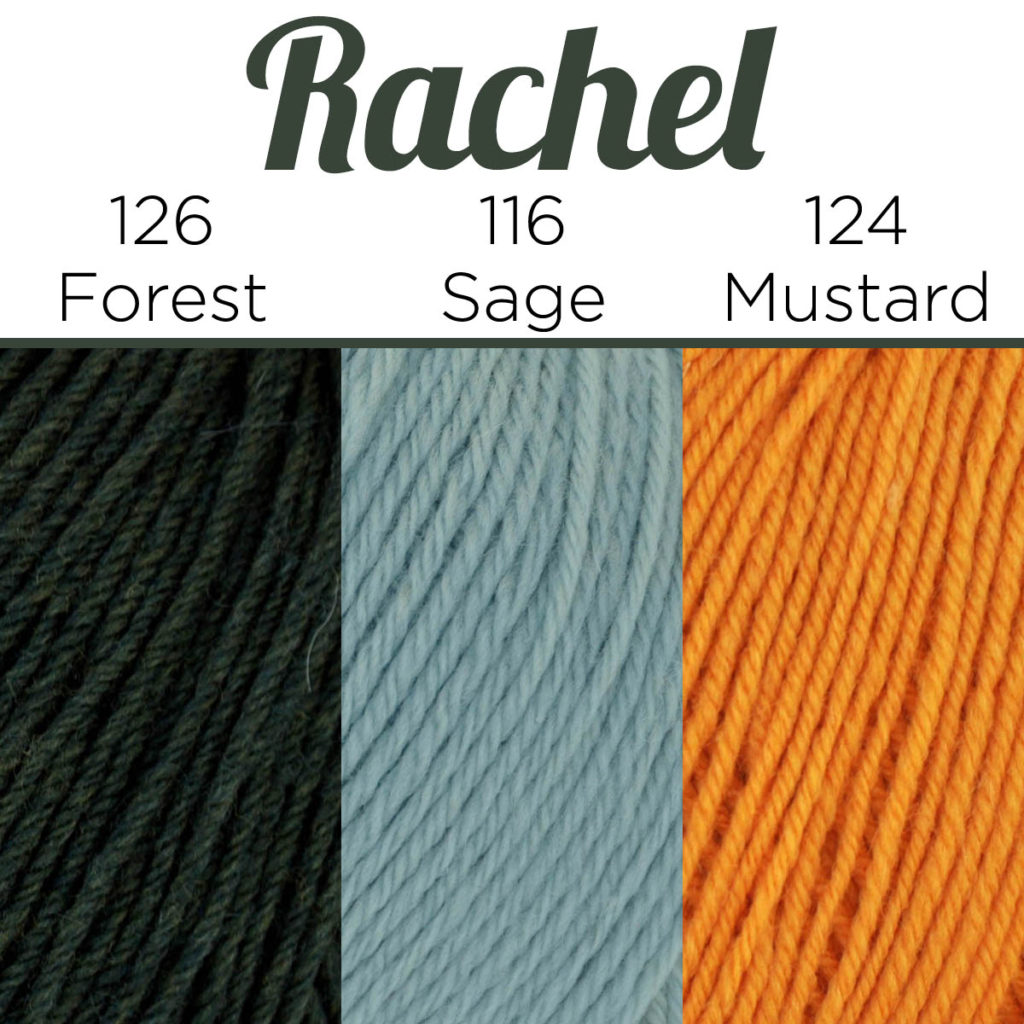
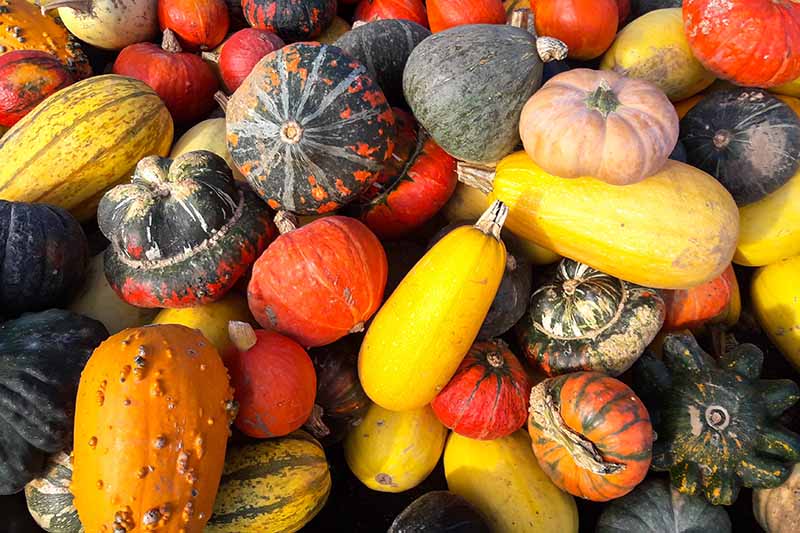
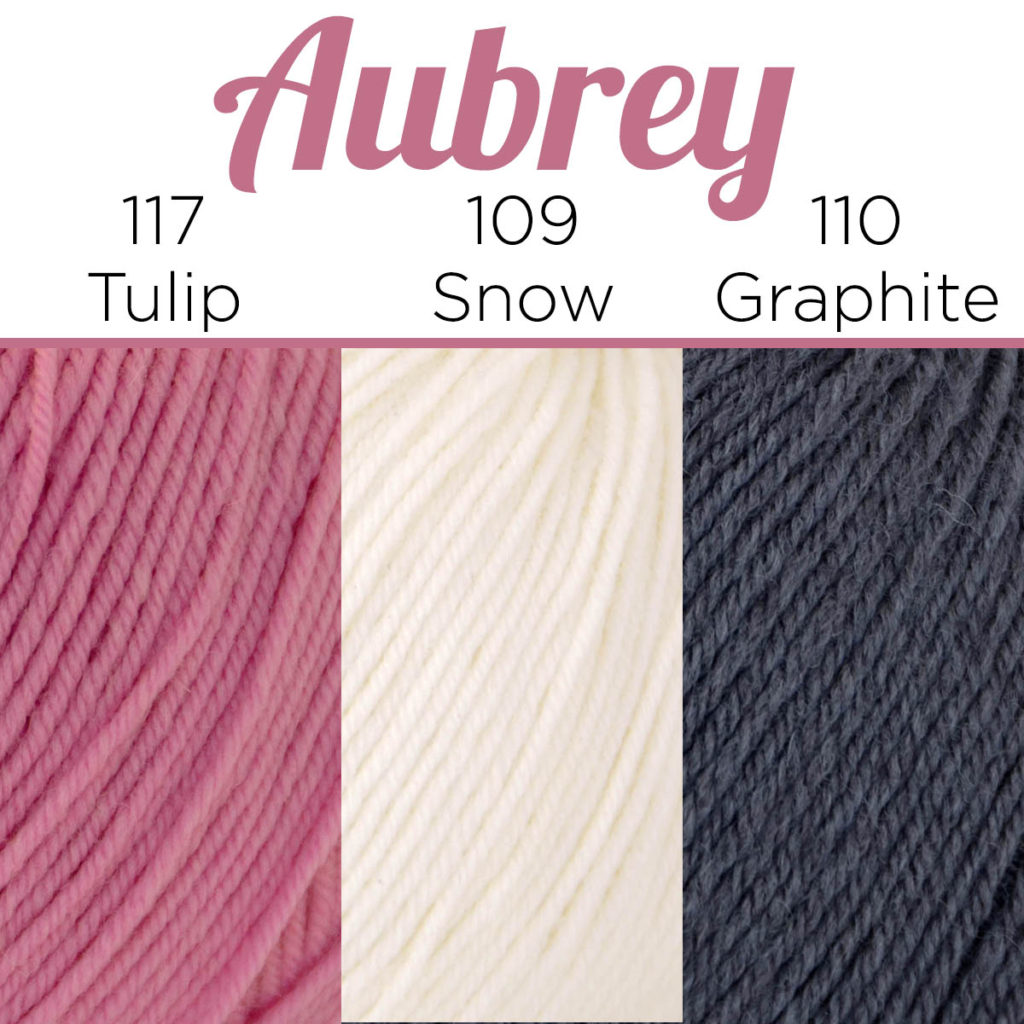
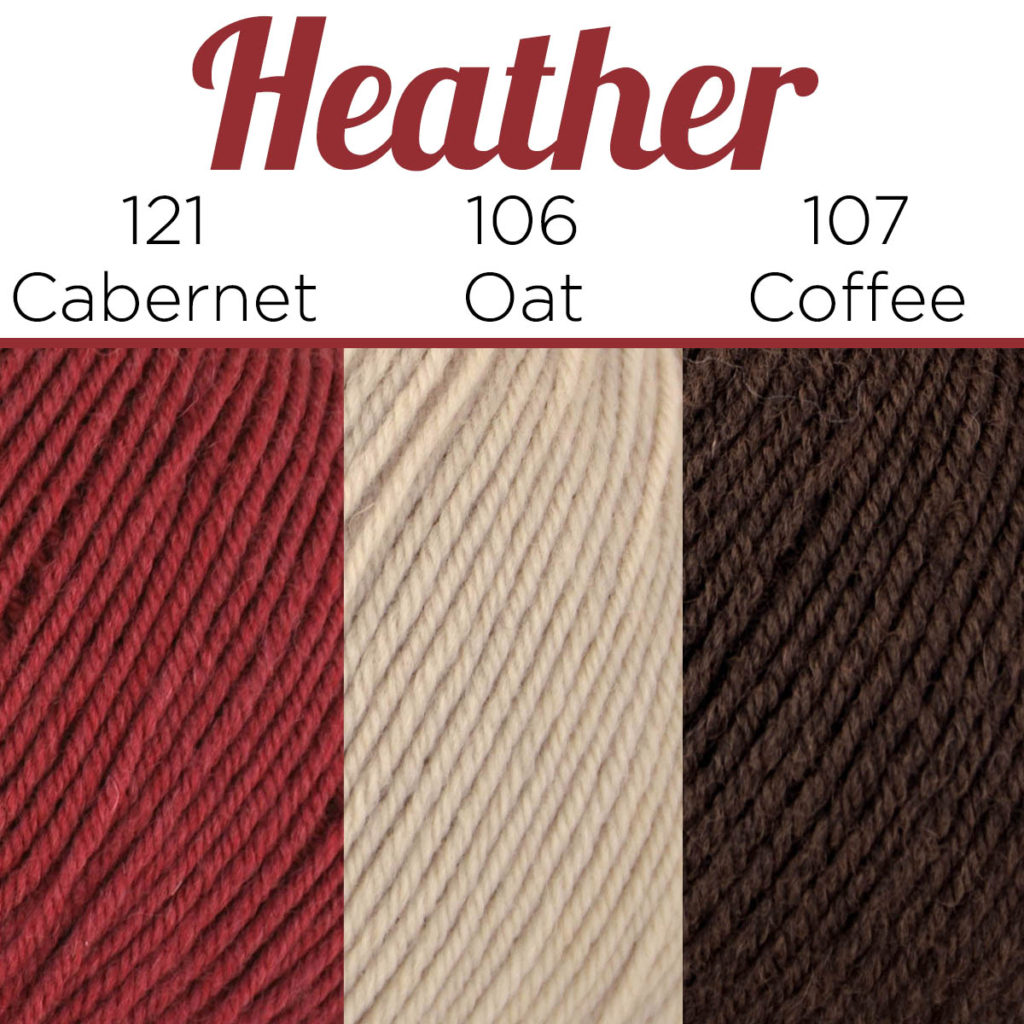
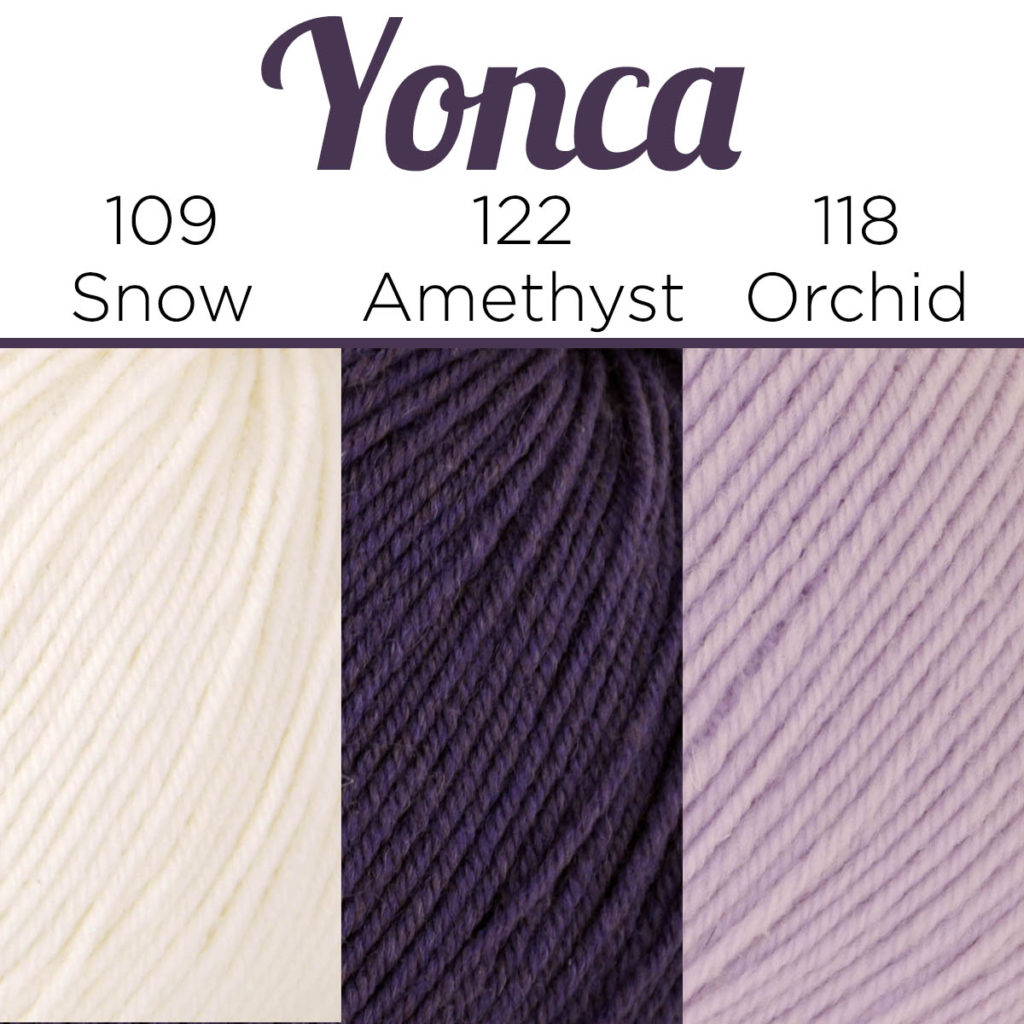
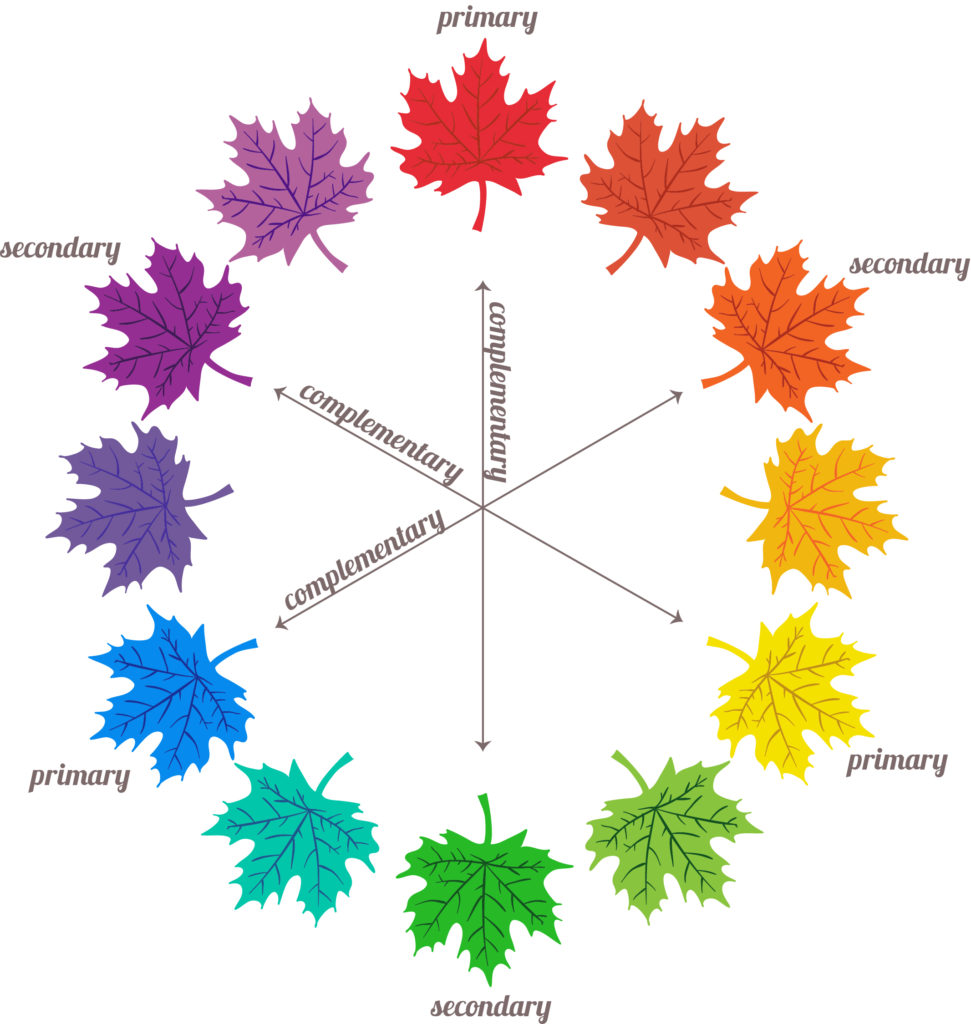
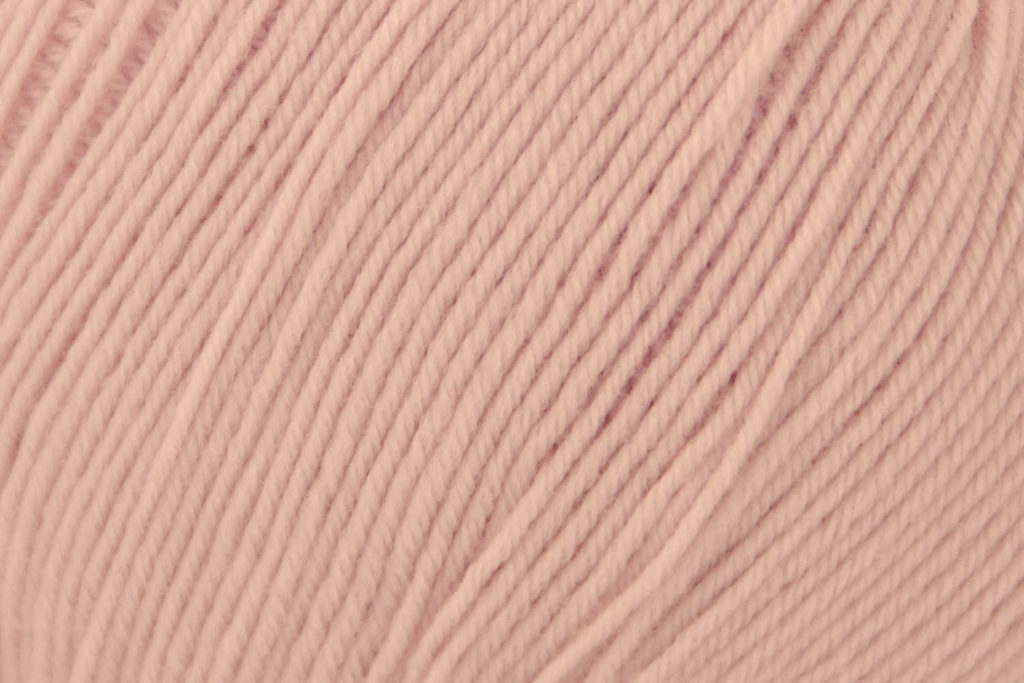
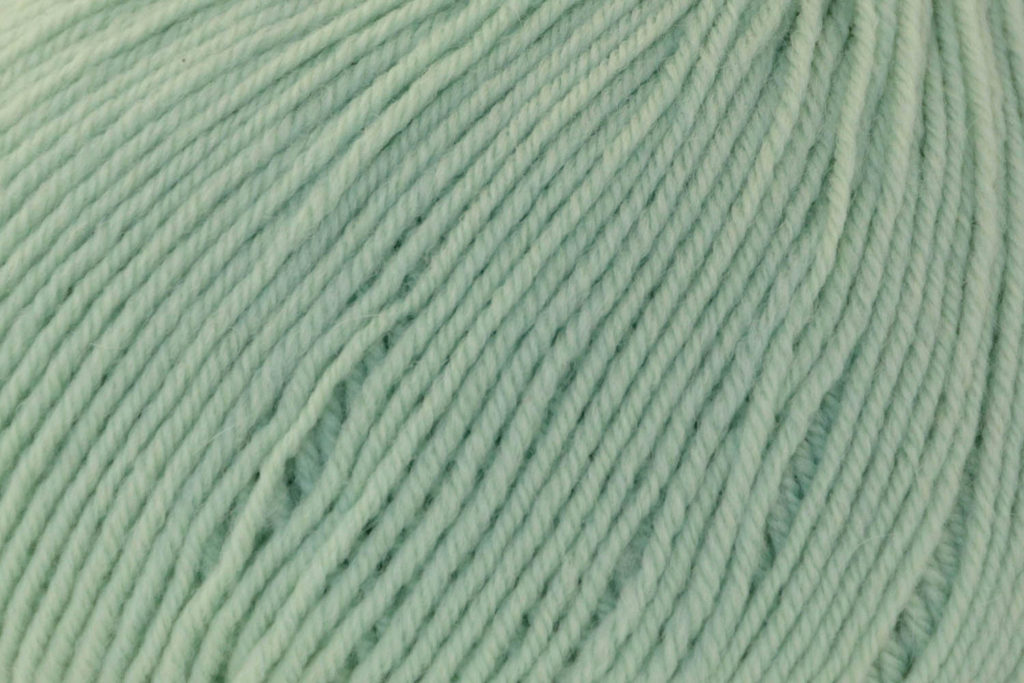
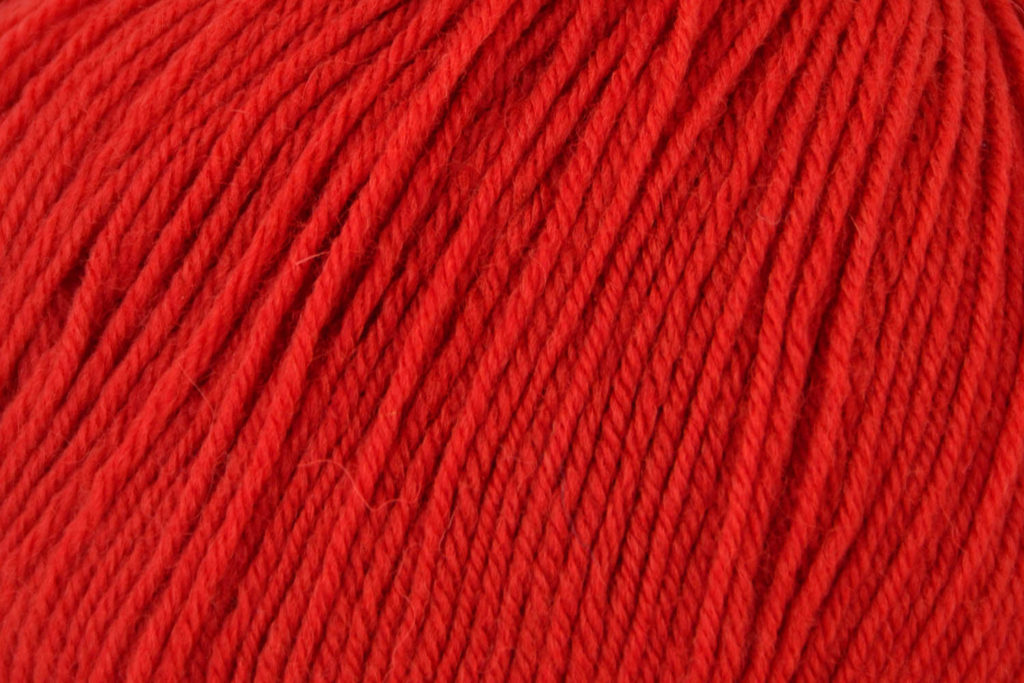
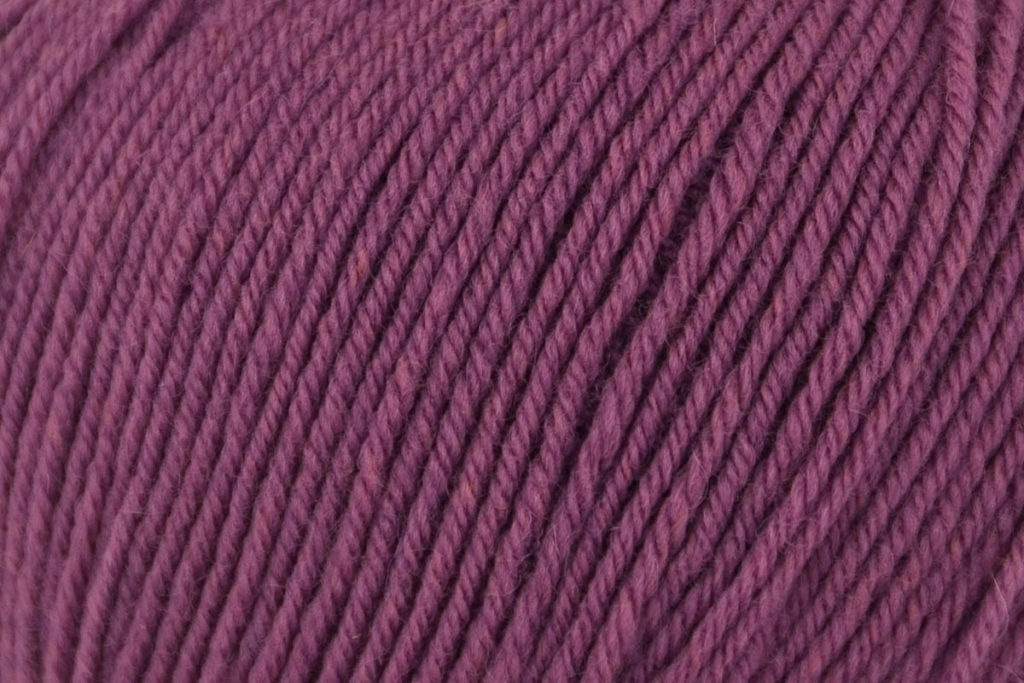
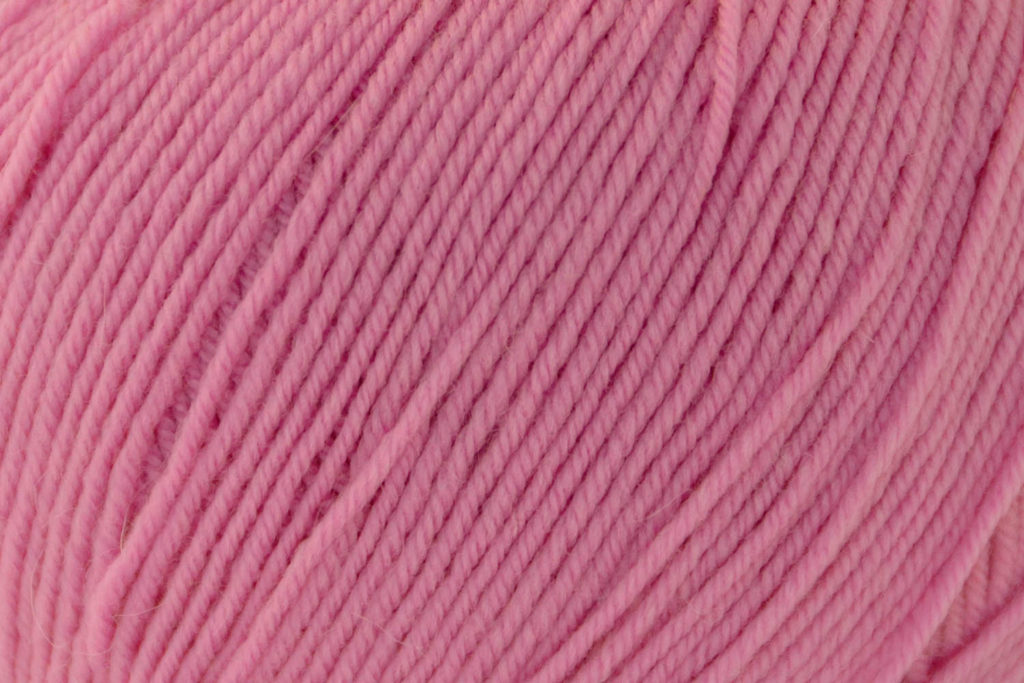
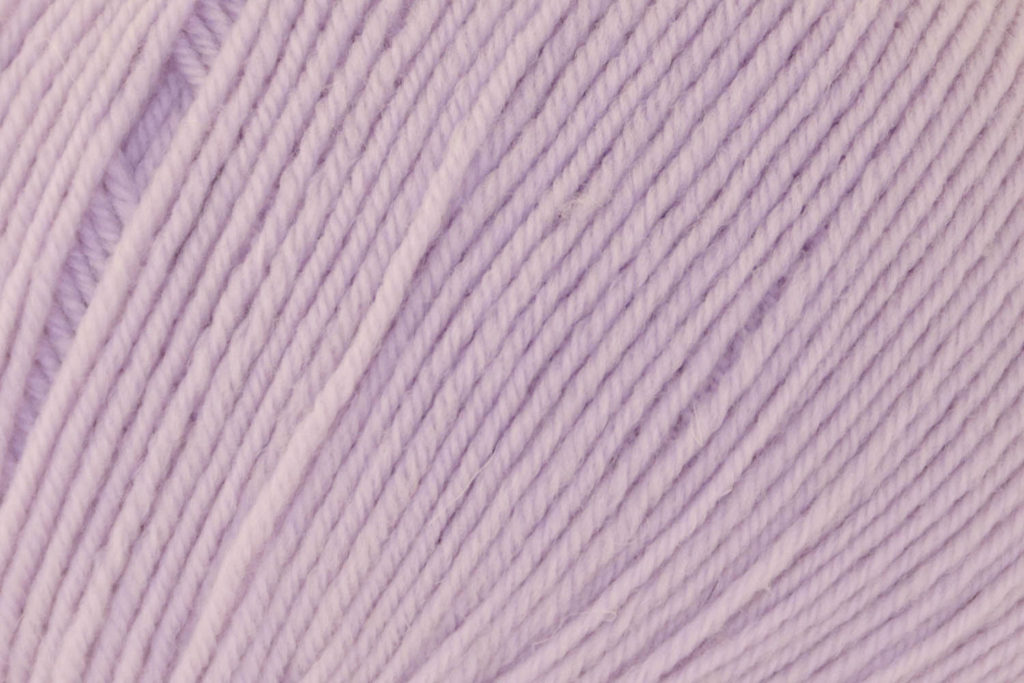
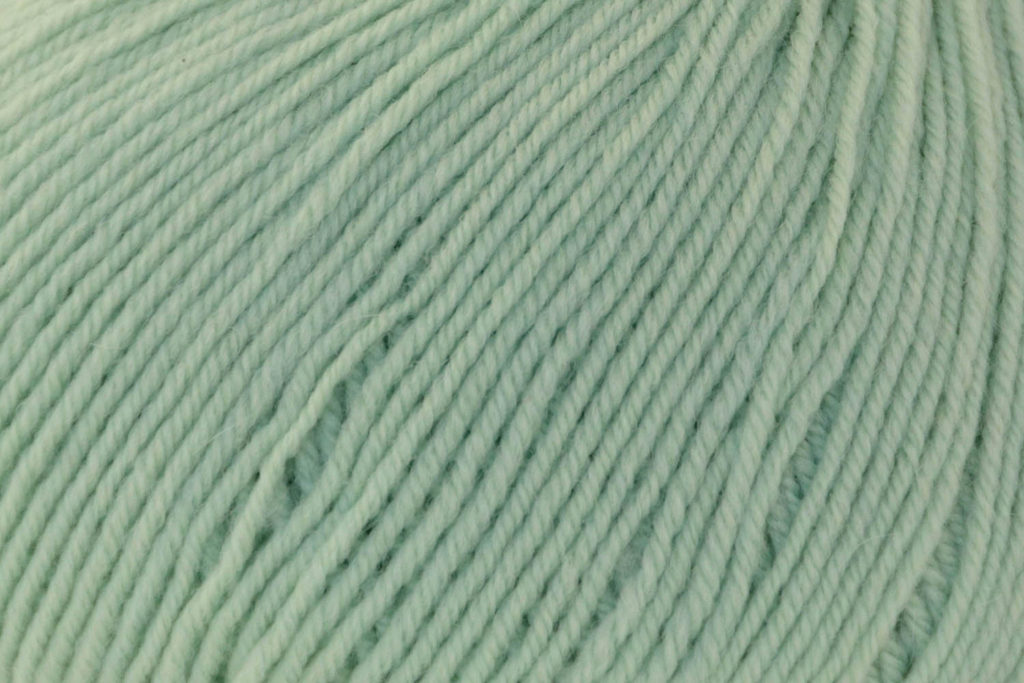
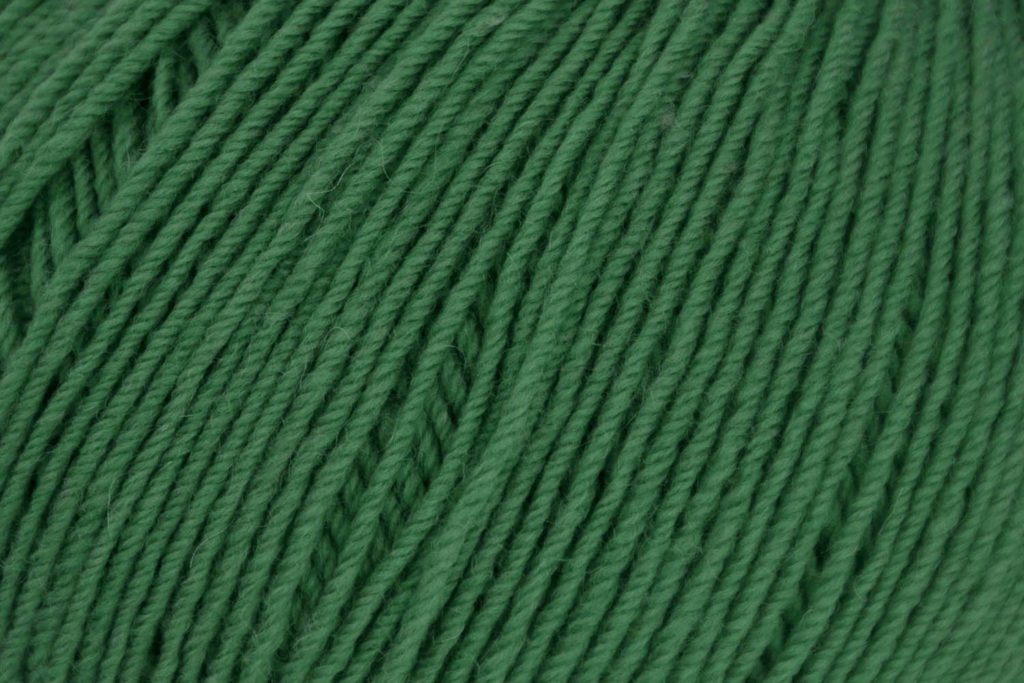
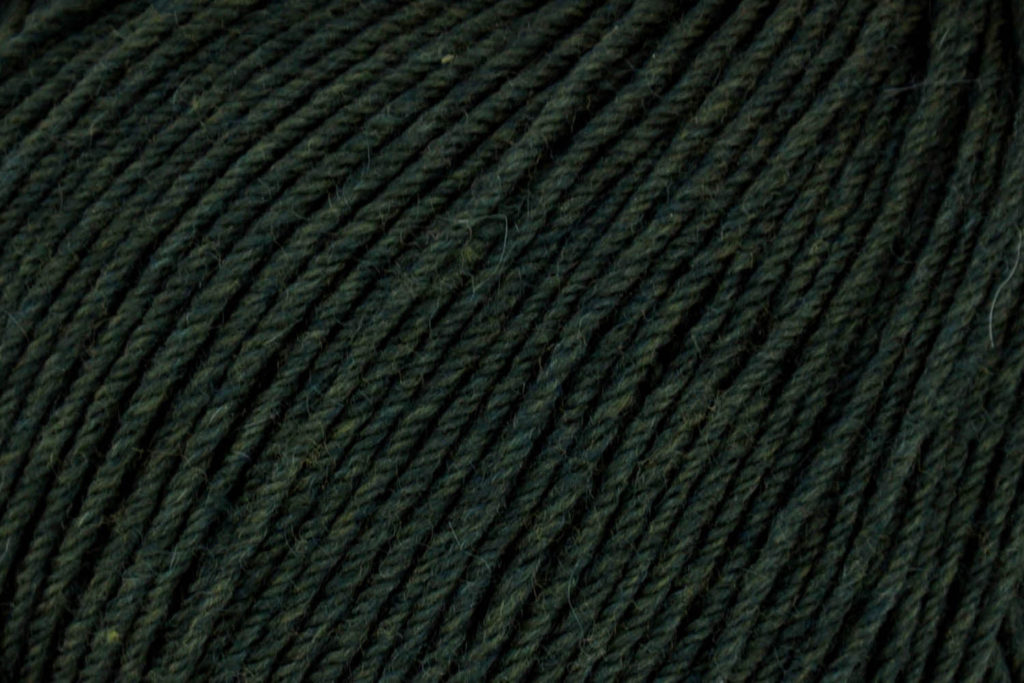
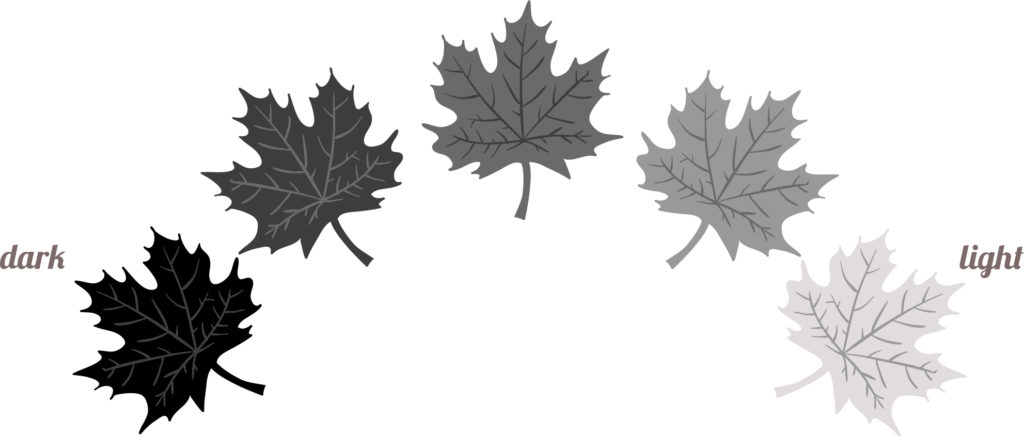
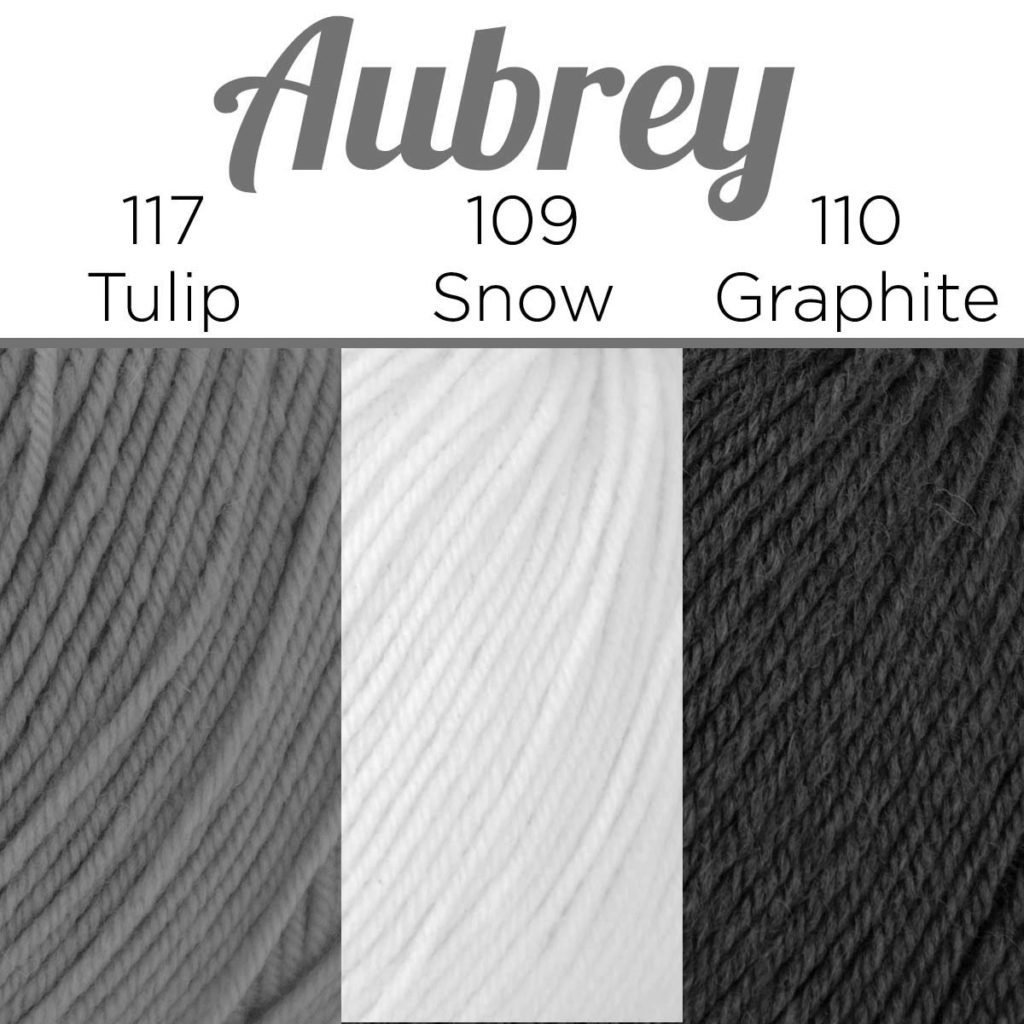
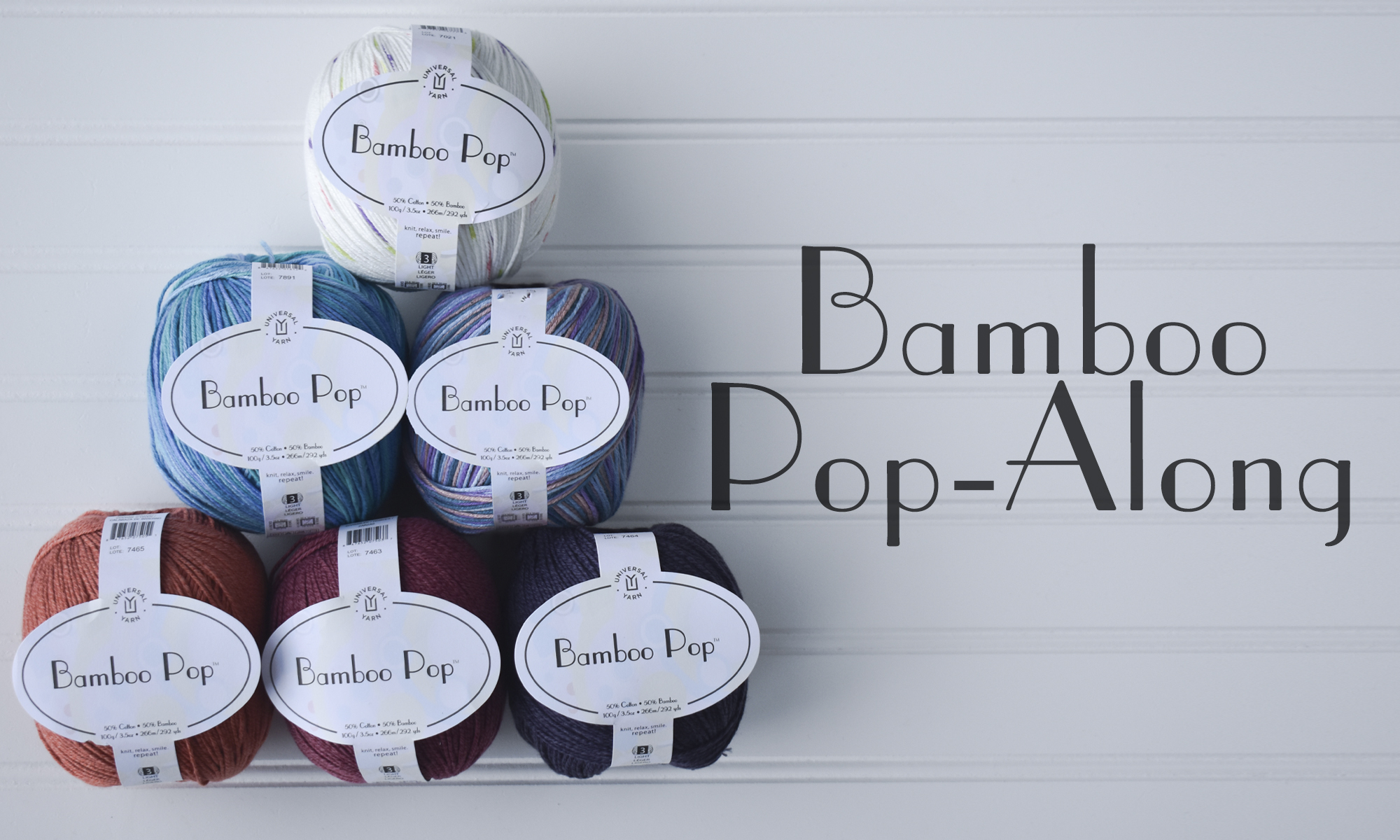
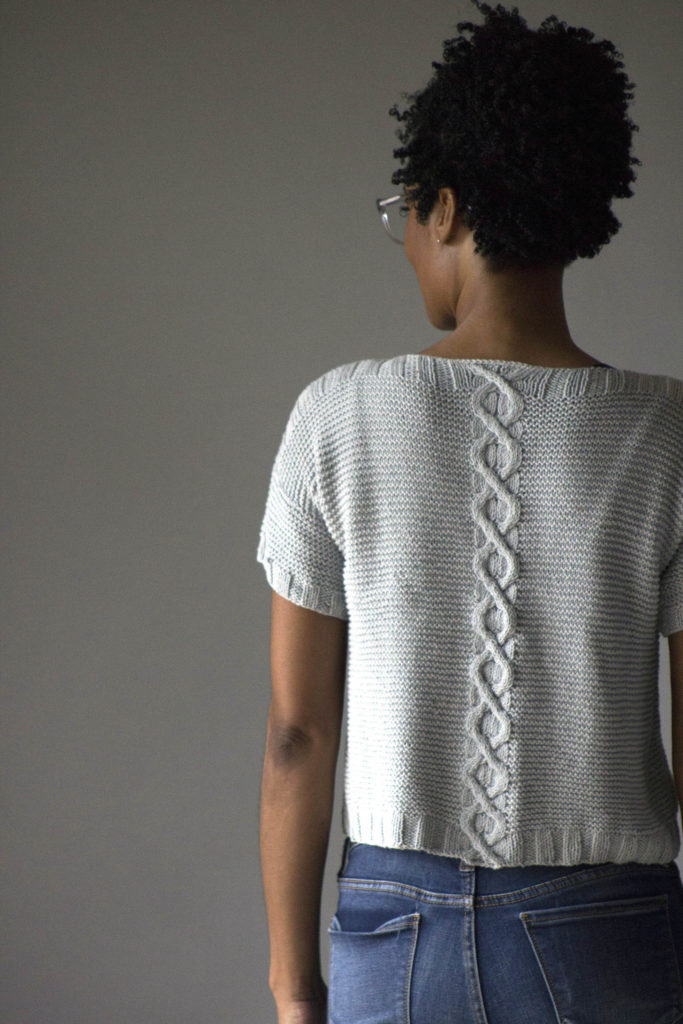
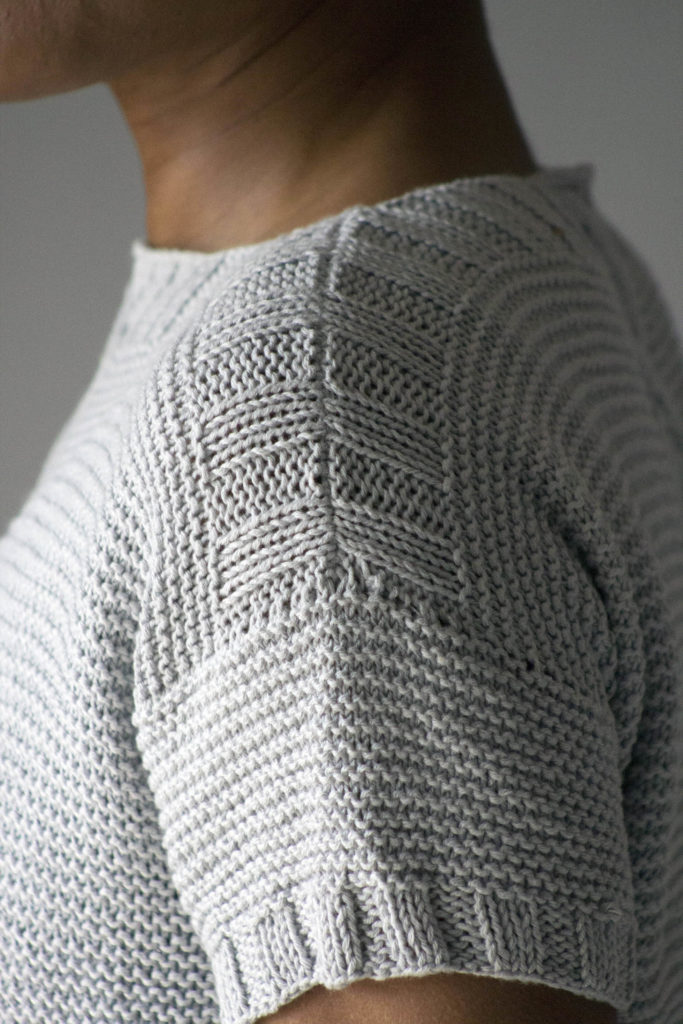
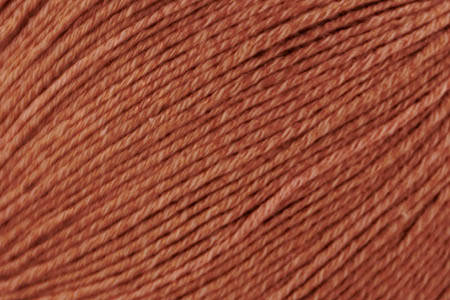
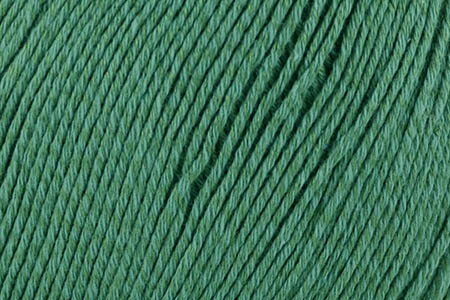
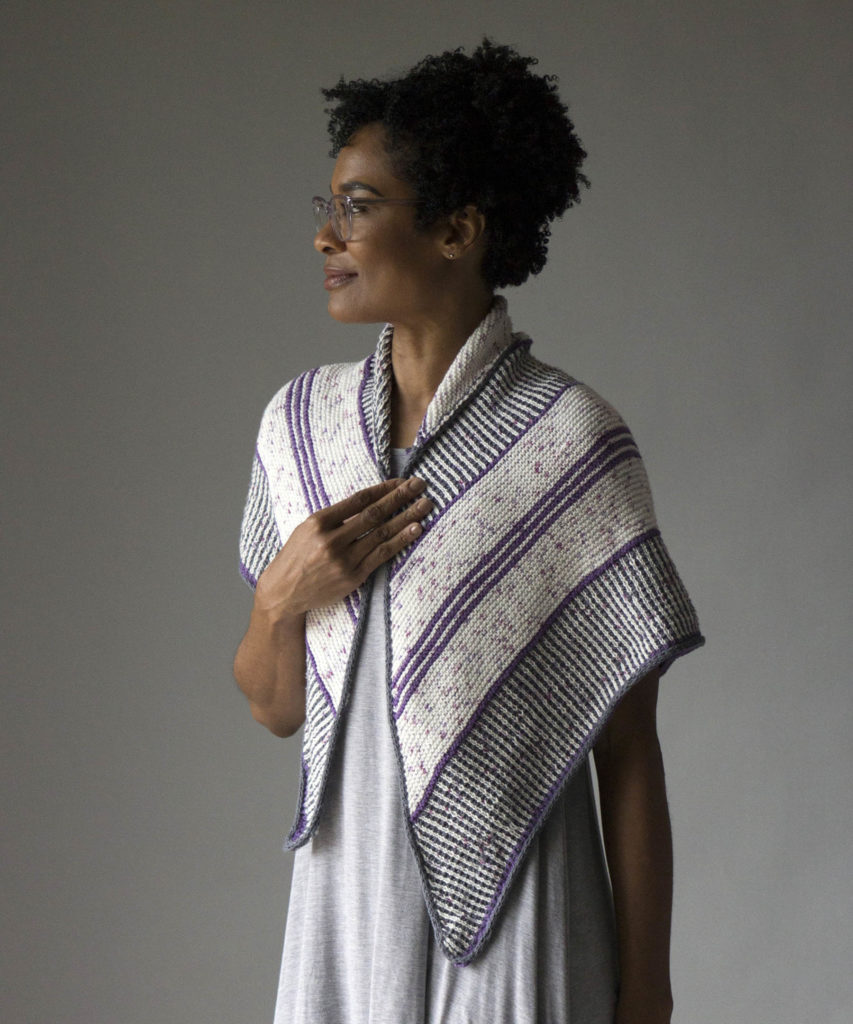

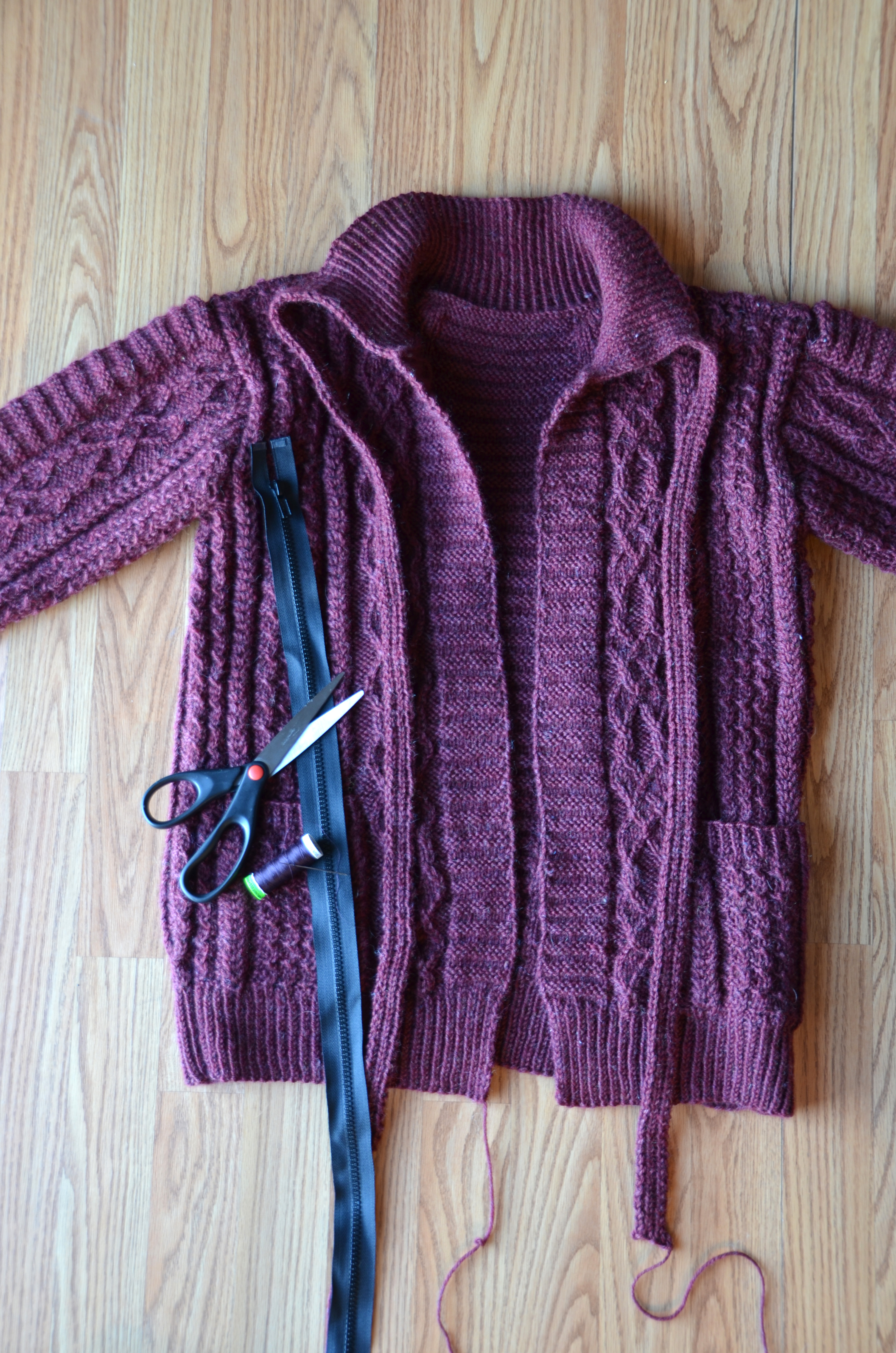



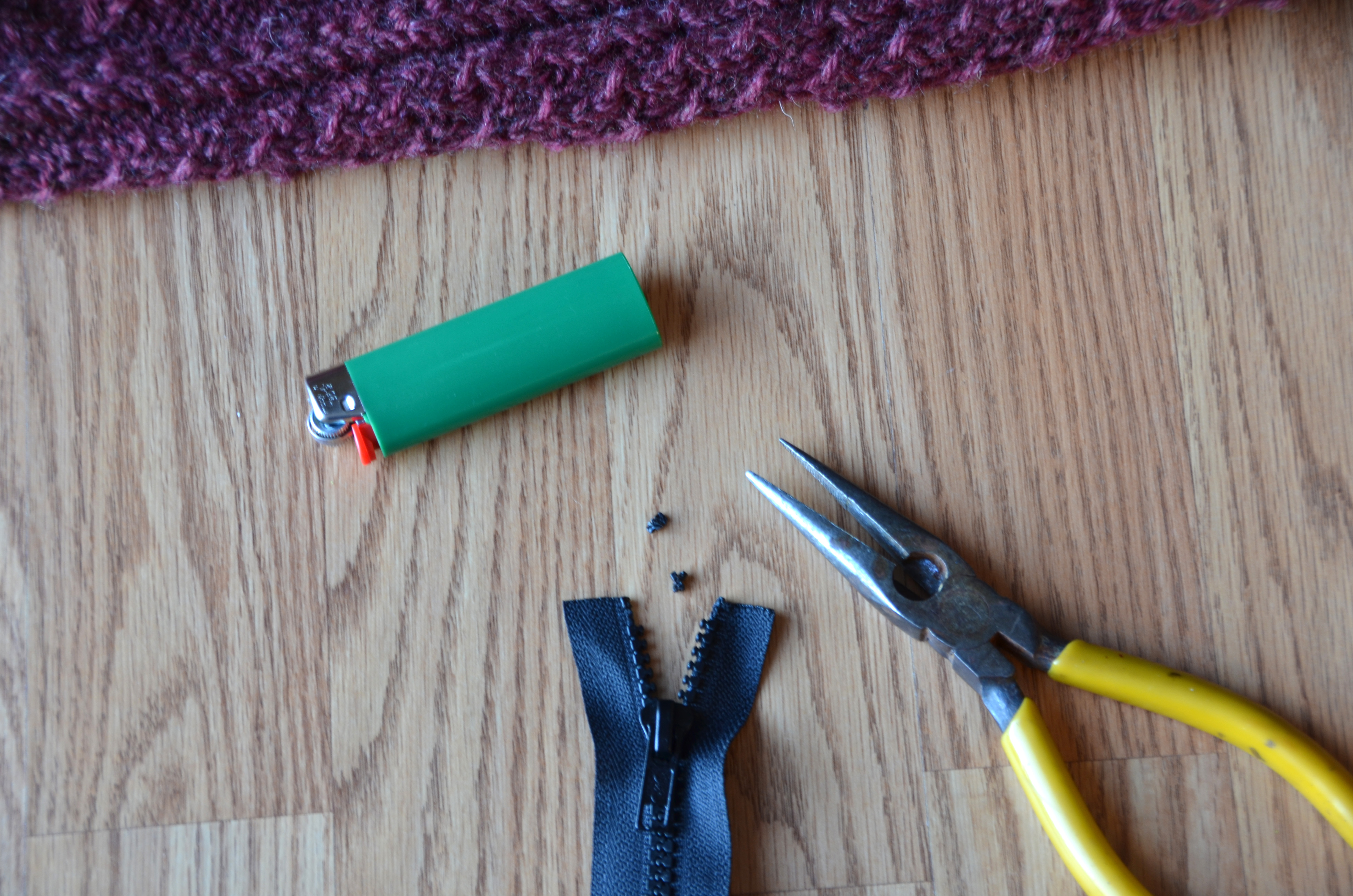

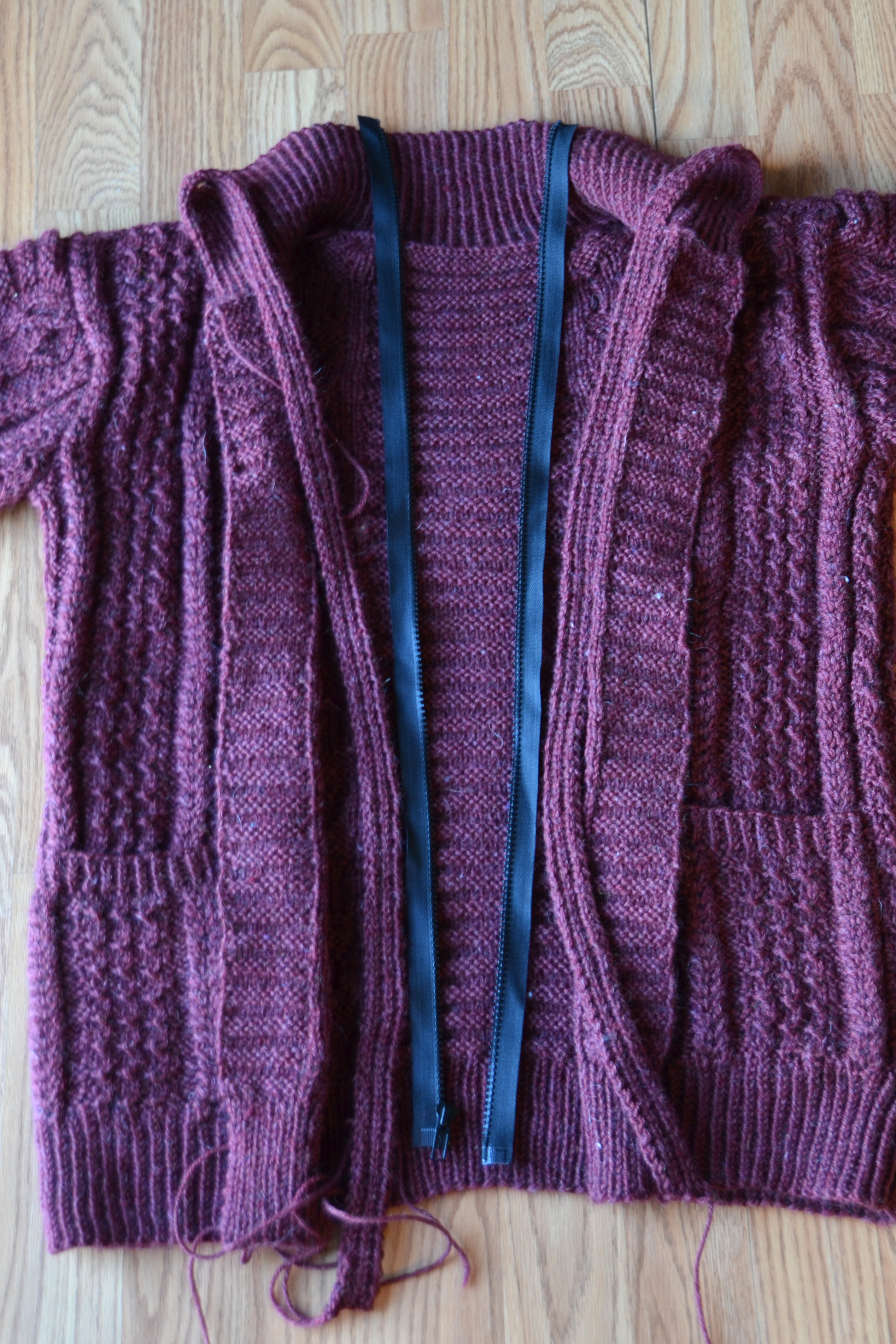

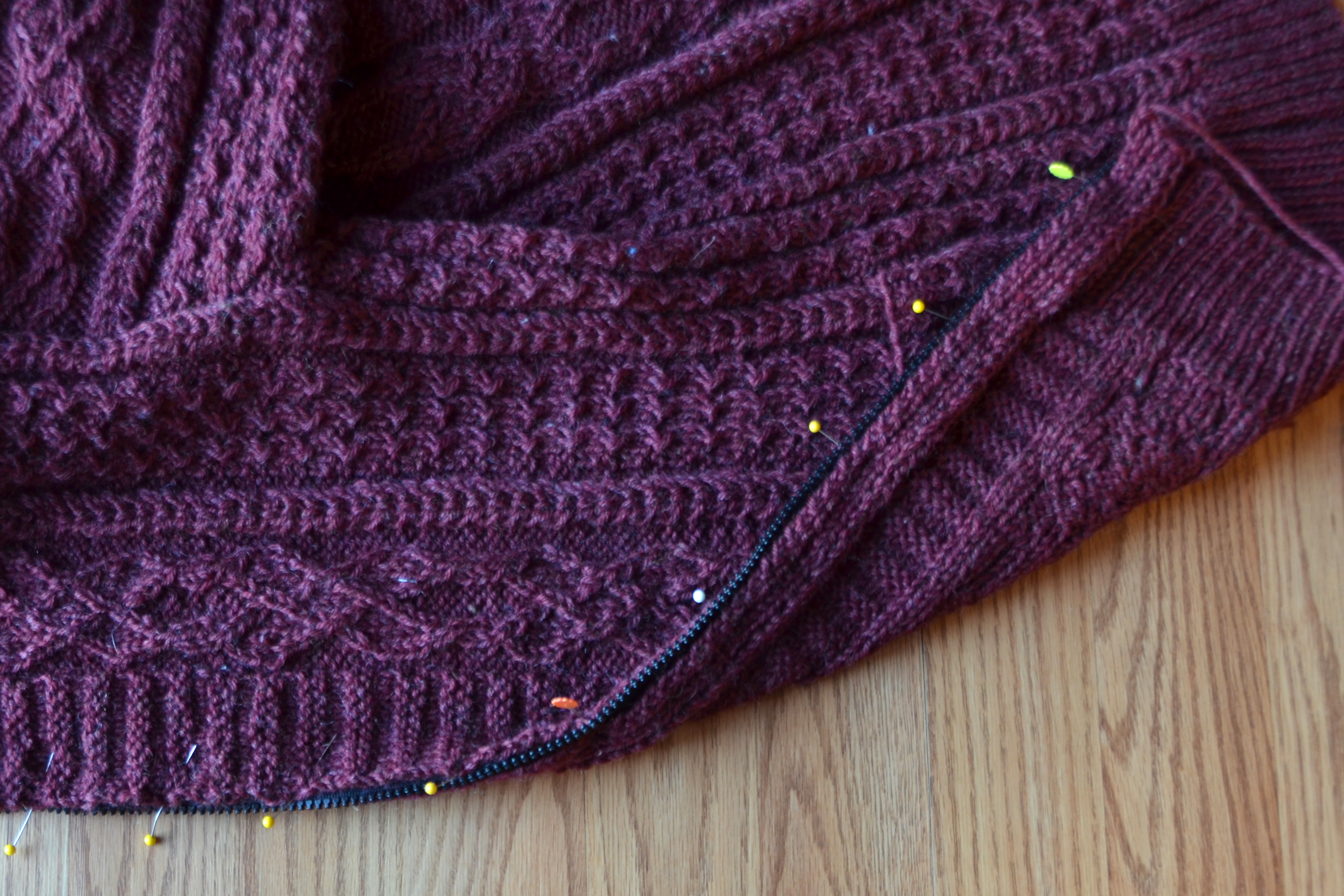
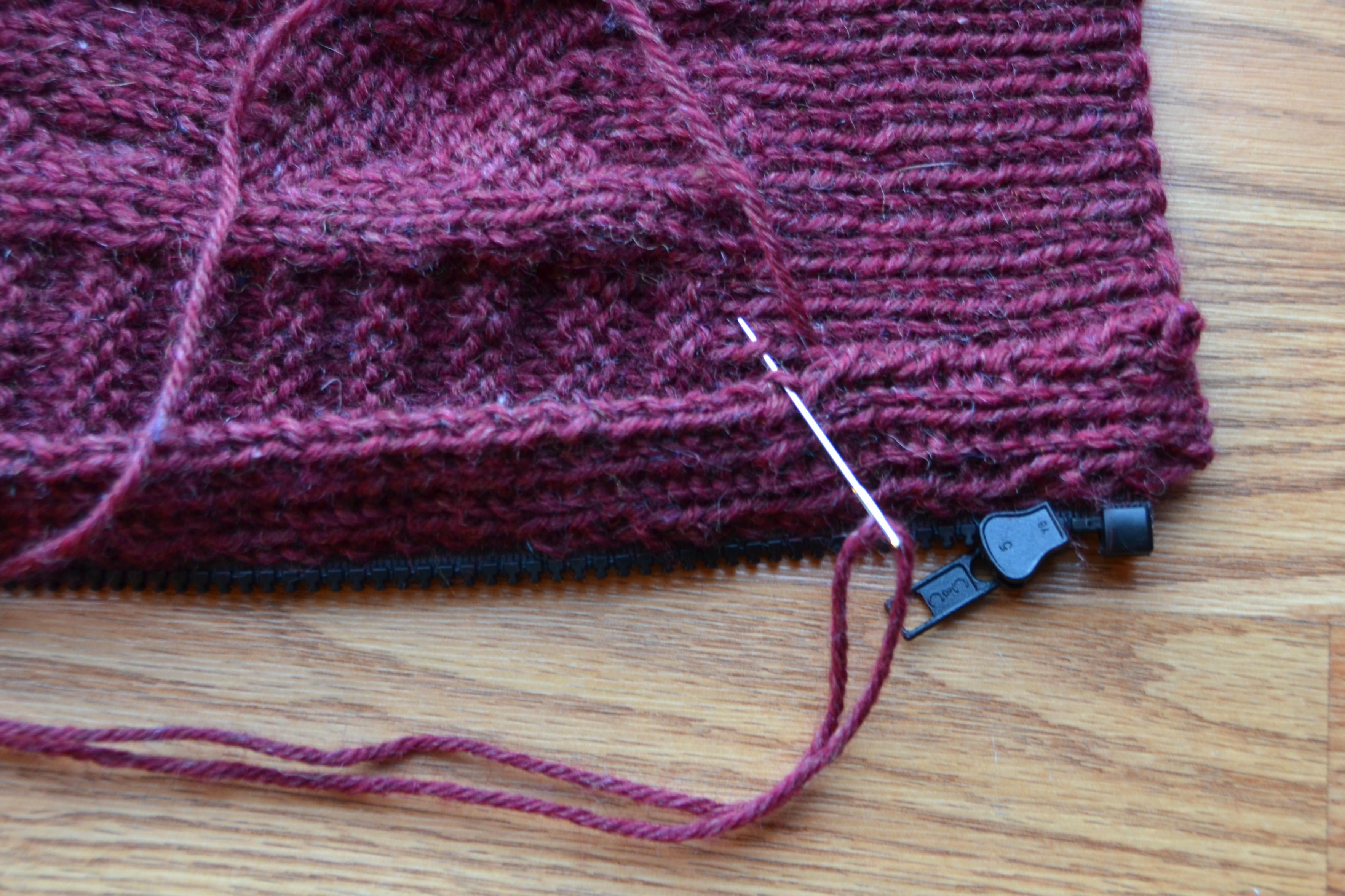
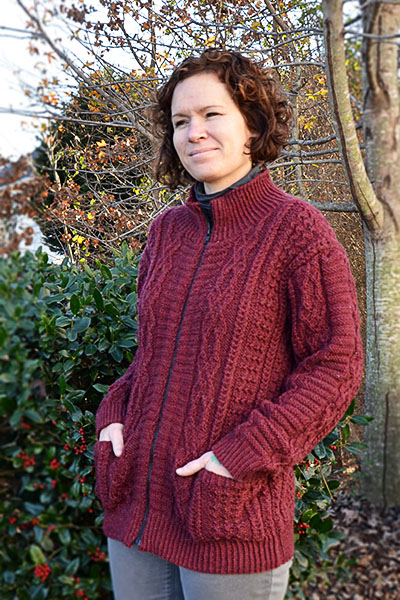

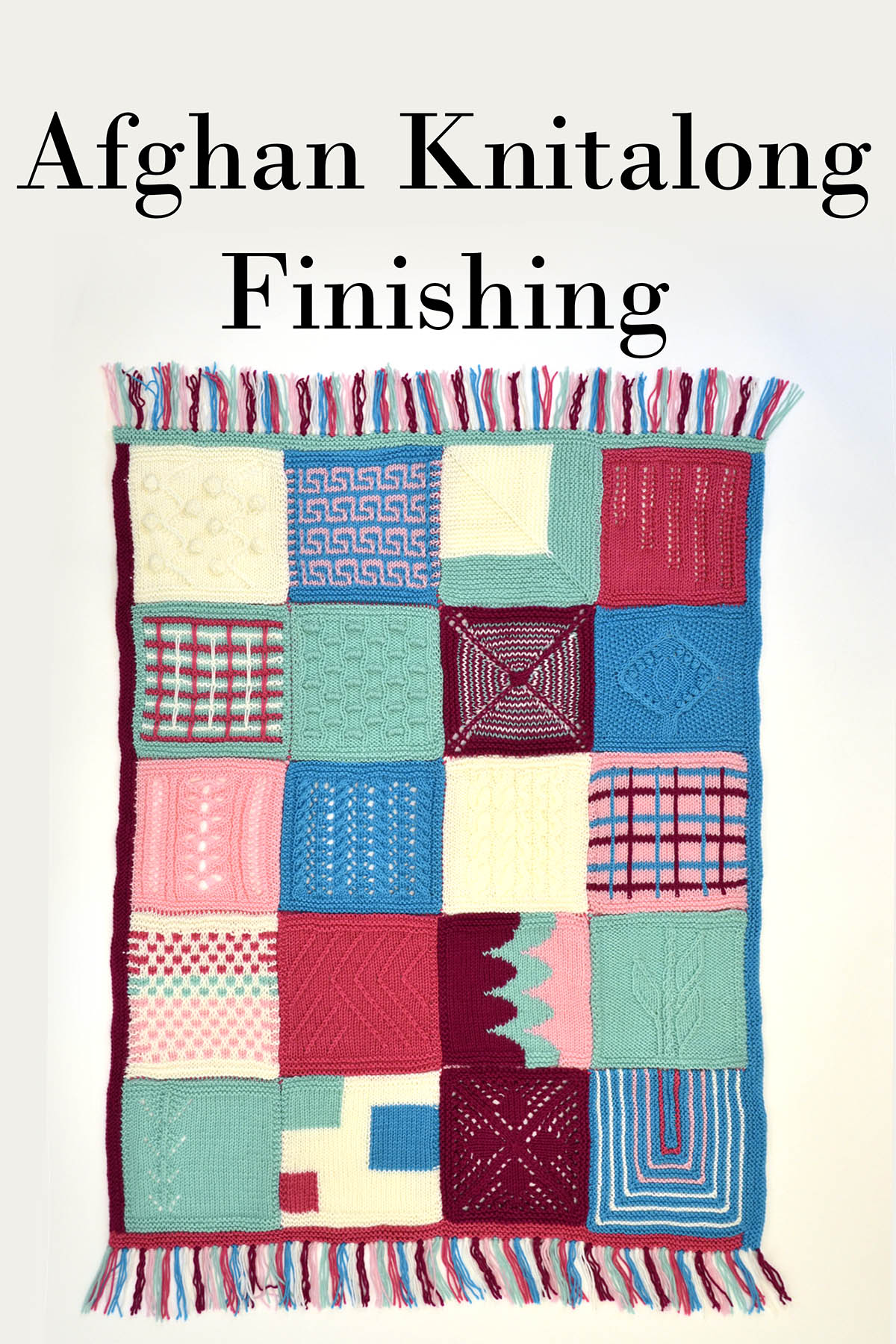
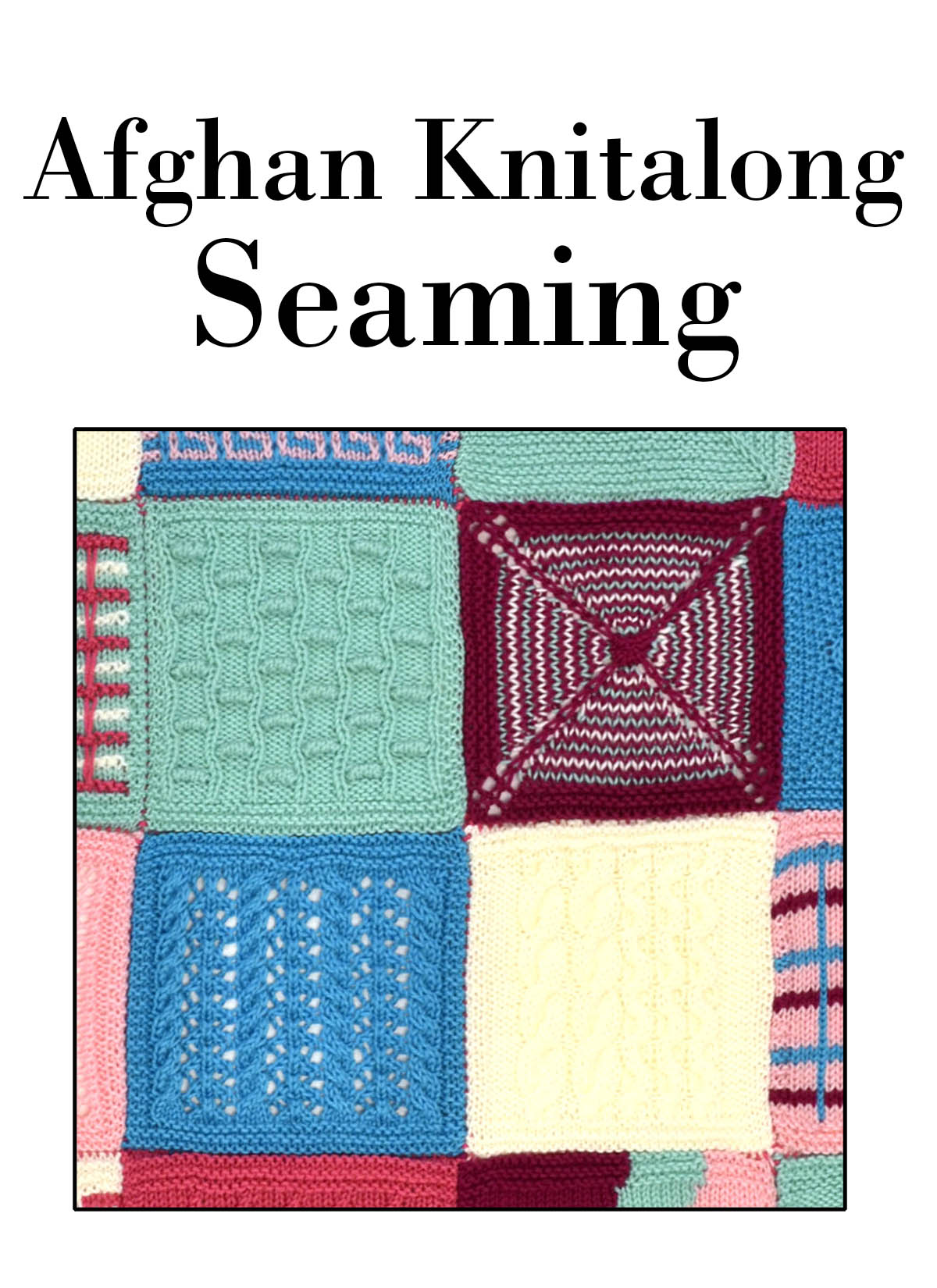
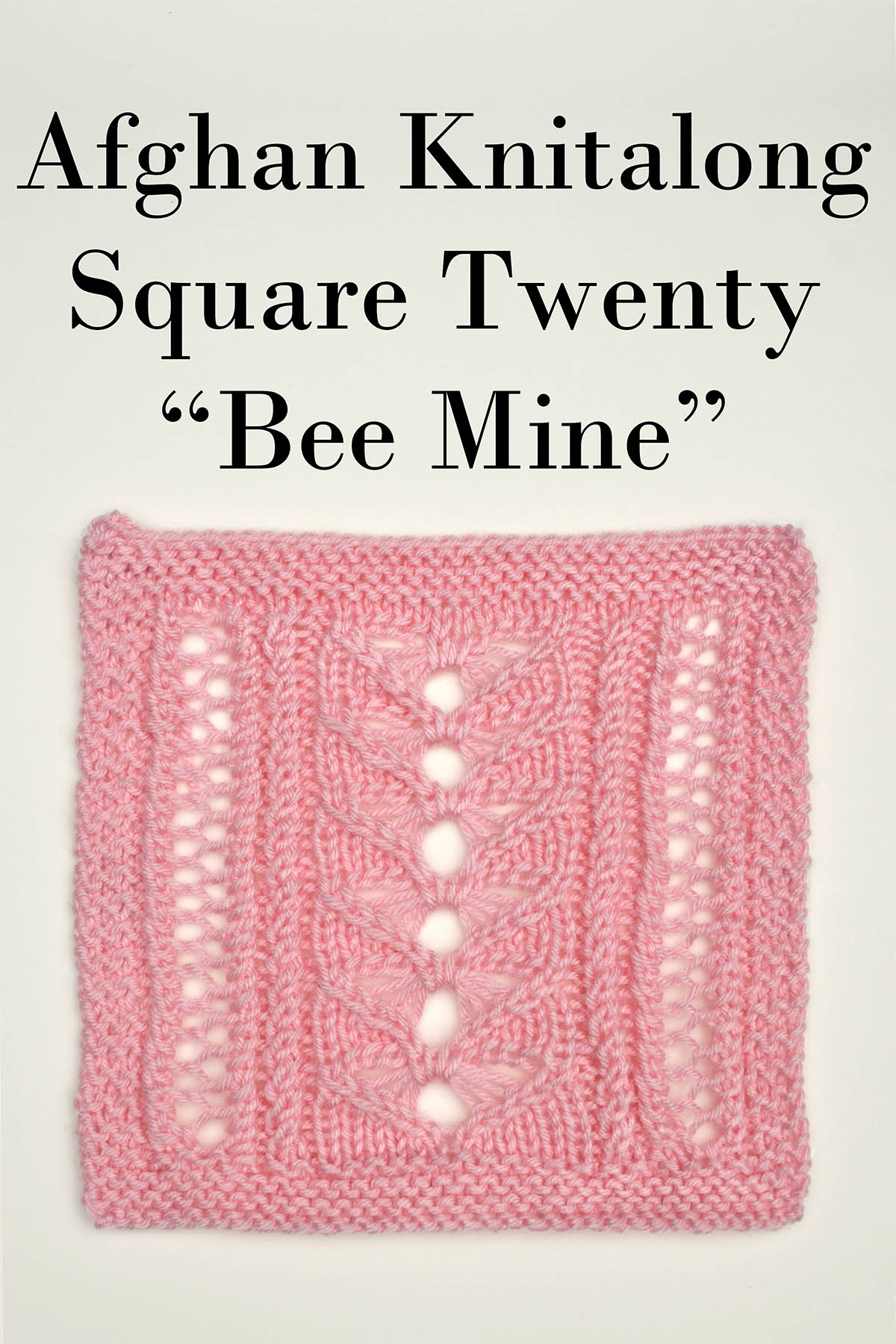 I
I